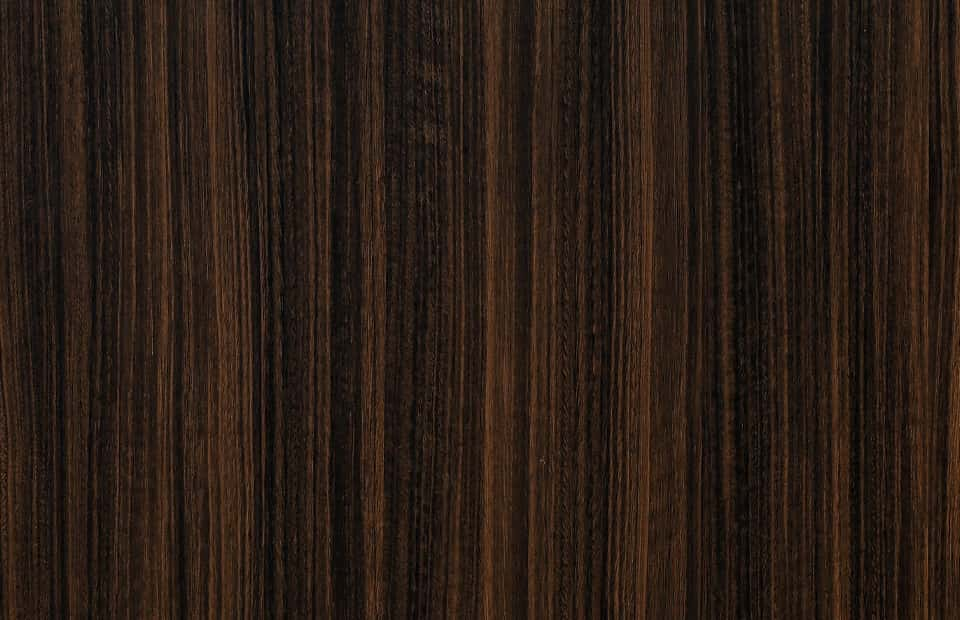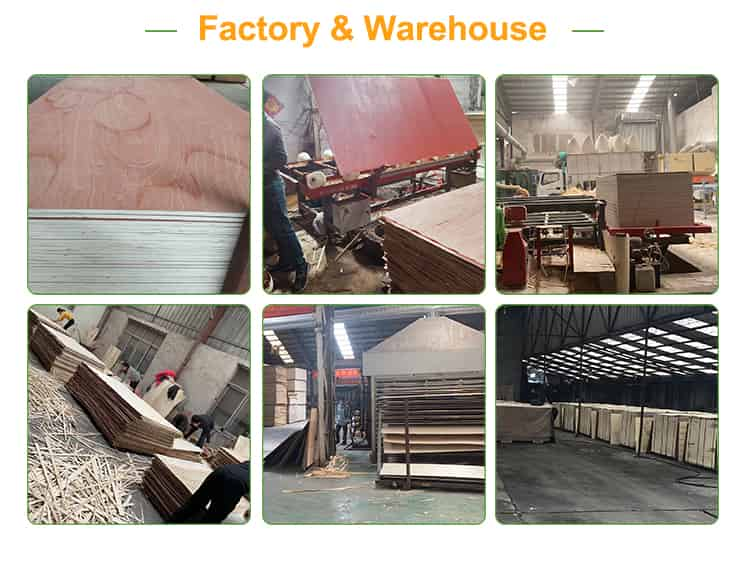**Termites: The Invisible Enemies of Composite Wood**
Composite wood, a man-made construction material designed to mimic the appearance of natural wood, has become increasingly popular in home construction and renovation projects. Known for its durability, resistance to weather, and lower maintenance requirements compared to traditional lumber, composite wood offers an array of benefits that make it a go-to choice for many builders and homeowners. However, like all materials, it’s not without its vulnerabilities. One such vulnerability is its susceptibility to termite attacks.
Termites, often called the “silent destroyers,” are social insects that primarily feed on wood and other cellulose-based materials. They can cause significant damage to structures by hollowing out wooden components from the inside, which can compromise the integrity and safety of buildings over time. When it comes to composite wood, these tiny creatures pose a particular challenge because they can consume the wood fibers within the composite, leading to potential structural issues.
Composite board products, including composite wood grain siding and other exterior finishing materials, are made by combining wood fiber or wood particles with synthetic resins and binders. This blend creates a material that boasts superior strength, stability, and resistance to rot and pests compared to natural wood. However, while the addition of non-organic materials makes composite boards less appealing to termites than solid wood, it does not entirely deter them.
In instances where termites do target composite boards, their preference often lies in the softer, more fibrous portions of the composite material. These areas provide the cellulose content that termites need to sustain their colonies. For this reason, even 1/8-inch or 1/4-inch thick composite boards used in house construction can be at risk of termite invasion if not adequately protected.
Protecting composite boards against termites involves several strategies. One common approach is to use termite-resistant barriers or chemical treatments during construction. These measures include applying termiticides to the soil around structures or incorporating termite-resistant barrier systems into the building envelope. Additionally, regular inspections by pest control professionals can help identify any termite activity early on, allowing for prompt intervention before extensive damage occurs.
Another factor to consider is the installation practices used with composite boards. Gaps or cracks between the siding and the structure can provide entry points for termites. Ensuring that the composite board is correctly installed and sealed can reduce the risk of infestation. It’s also advisable to keep vegetation and mulch away from the foundation of the building, as these can create moist environments conducive to termite habitation.
In conclusion, while composite wood offers numerous advantages in the realm of construction and design, vigilance against termites remains crucial. By understanding the risks and taking proactive steps to protect against these tiny but potent pests, homeowners and builders alike can enjoy the benefits of composite materials without the worry of silent destruction.

